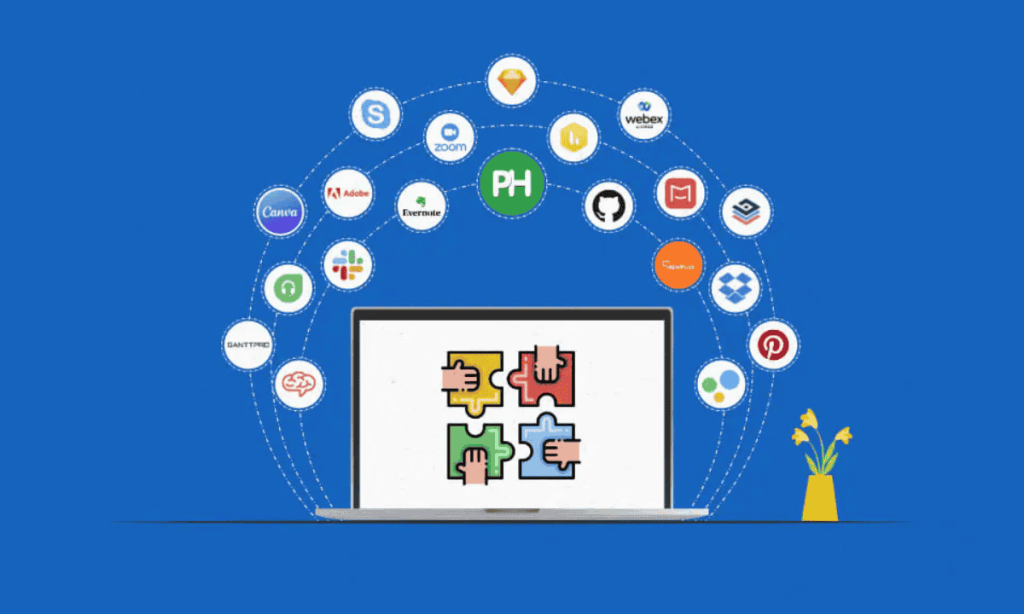
Introduction
In today’s global workspace, distributed teams have become the backbone of modern businesses. With employees spread across different locations and time zones, the need for real-time collaboration tools has never been more essential.
These tools help teams stay connected, share information instantly, and maintain productivity without being limited by geography.
The Importance of Real-Time Collaboration
Real-time collaboration tools enable seamless communication and faster decision-making. They eliminate delays in feedback loops and allow multiple users to work simultaneously on projects, documents, or designs.
This improves efficiency, encourages teamwork, and ensures that everyone stays aligned with company goals. For distributed teams, such instant connectivity bridges the gap between remote employees and fosters a sense of unity and shared purpose.
Key Features That Empower Distributed Teams
The best real-time collaboration tools combine communication, file sharing, and project management in a single interface. Platforms like Slack, Microsoft Teams, Google Workspace, and Notion offer integrated messaging, video calls, and document editing, enabling teams to coordinate tasks efficiently.
These tools also include cloud-based storage and version tracking, making it easier to access files and monitor updates in real time. By incorporating advanced features such as live editing and instant notifications, they ensure that collaboration remains smooth and uninterrupted.
Enhancing Productivity Through Integration and Accessibility
One of the most significant advantages of modern collaboration tools is their ability to integrate with other software applications. Teams can connect project boards with CRM systems, cloud drives, or analytics platforms, ensuring that data flows freely across all departments.
Moreover, accessibility across devices—desktops, tablets, and mobile phones—allows employees to contribute to projects anytime and anywhere. This flexibility leads to higher engagement and faster project completion, even when team members are working remotely.
Conclusion
Real-time collaboration tools have revolutionized the way distributed teams operate. They not only improve communication and workflow efficiency but also strengthen team relationships by keeping everyone connected in a dynamic virtual environment.
As remote work continues to grow, adopting the right collaboration technology will be key to maintaining productivity and ensuring business success in the digital era.
